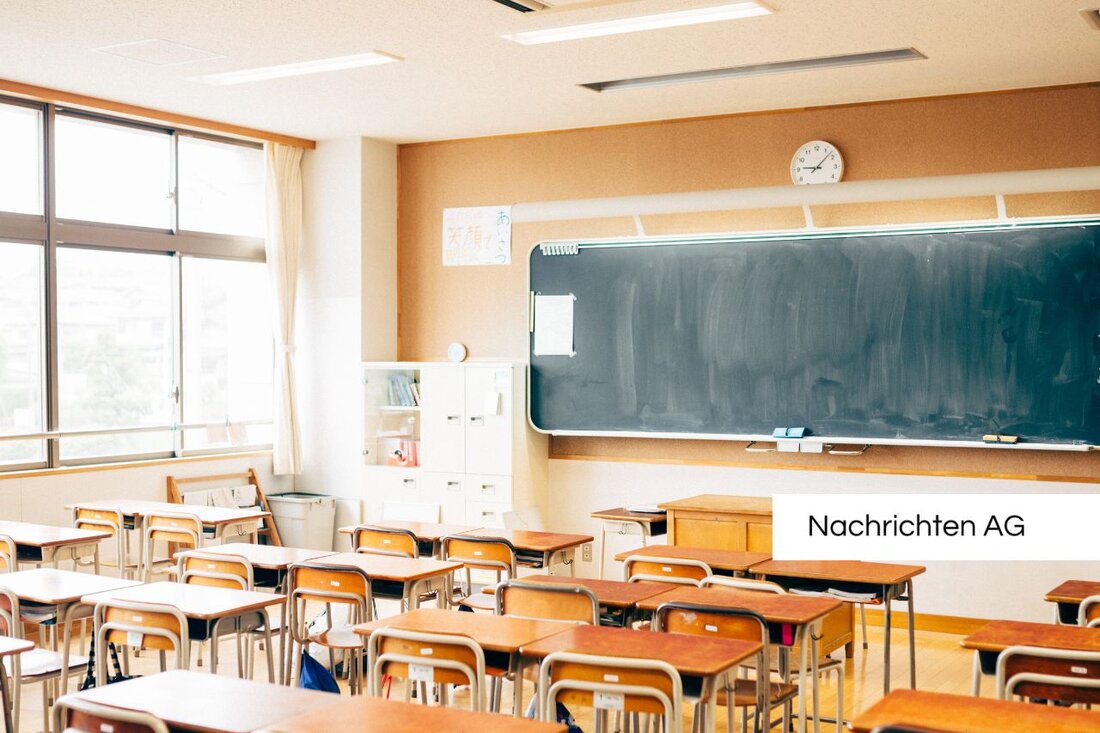Student numbers in Germany: record growth expected by 2032!
The number of schoolchildren in Germany will increase to 11.8 million by 2032. Necessary measures for education are discussed.

Student numbers in Germany: record growth expected by 2032!
How student numbers will develop in Germany will be a hotly debated topic. The number of students is currently over 11 million, but forecasts show that this is expected to increase to around 11.8 million by 2032. This means an increase of around 600,000 students, which roughly corresponds to the number of students in a medium-sized federal state like Rhineland-Palatinate. In its calculations, the Conference of Ministers of Education and Cultural Affairs (KMK) also took into account that around 230,000 of these students are of Ukrainian origin, which further explains the boom in the school market. Deutschlandfunk reports the need to create approximately 24,000 additional classes or virtually 1,200 new schools to keep pace with growth.
It is emphasized that education represents a fundamental basis for social cohesion and the economic future. The President of the Conference of Ministers of Education and Cultural Affairs, Simone Oldenburg, is therefore calling for a clear course for future development. Even if a boost in student numbers is expected by 2032, a turnaround will already be apparent from 2033: the number of students is expected to fall to around 11.3 million by 2040. daily news explains that this is due, among other things, to a falling birth rate, which has continued to fall since 2022.
The view of the regions
A look at the regional differences shows that western German states are expected to reach their peak in 2033 with an increase of 8% compared to 2024. East German states, on the other hand, must expect a decline of over 16% from 2027 until 2040. The city states could have almost 5% fewer students by 2040, with the highest level expected in 2028. This information is important in order to plan school buildings and personnel requirements in a regionally appropriate manner. ZDF adds that the primary level will shrink by around 9% by 2040, while the upper secondary level can expect growth of almost 10%.
Schools face a number of challenges. In order to meet the increasing number of students, sufficient teachers, modern infrastructure and reliable digital equipment are required. The forecasts not only provide clues for current school policy, but also determine long-term strategies for the education sector. Those responsible are called upon to take appropriate measures in a timely manner in order to shape the change in the school landscape in the best possible way.

 Suche
Suche
 Mein Konto
Mein Konto